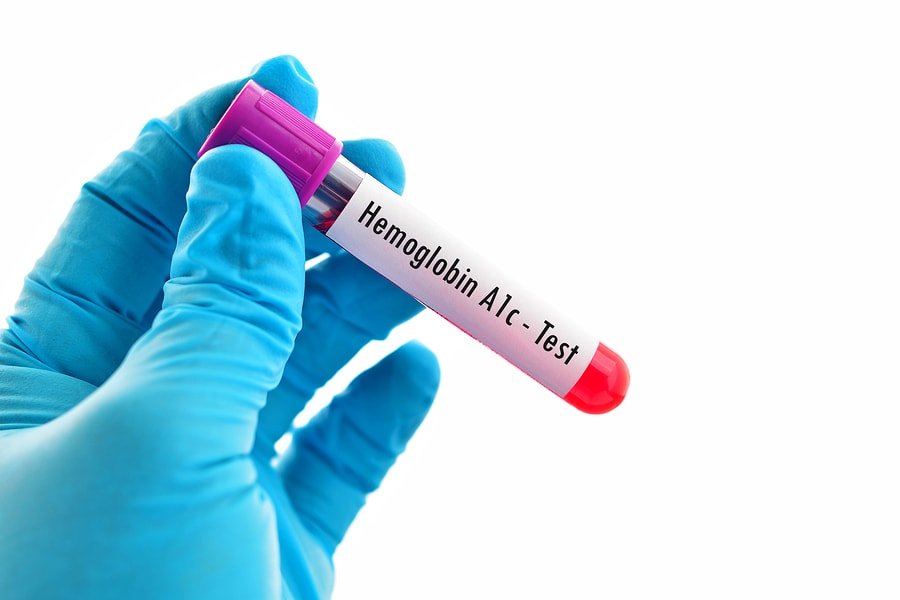General Health Tips & News
Significance of HbA1C in diagnosis of Diabetes during COVID-19
By A.S. (staff writer) , published on September 22, 2022

Medicine Telehealth Health
Blood glucose management is critical for an adequate immune response to infections, that's why diabetics have a 4 times higher risk of systemic infection than non-diabetics. In the current SARS-CoV-2 setting, effective glucose control is critical for avoiding excess morbidity and mortality and improving healthcare resource allocation. Furthermore, diabetic COVID-19 patients are at a higher risk of severe pneumonia, hospitalization, and unfavorable clinical outcomes, including increased mortality. As a result, precise biomarkers for diabetes mellitus (DM) diagnosis and follow-up are especially important in this unprecedent times of crisis. Glycosylated haemoglobin (HbA1c) is essential in the diagnosis and monitoring of diabetes.
What is HbA1C Test?
HbA1c is a blood test used to help diagnose and monitor diabetic patients. It is also known as haemoglobin A1c, glycated haemoglobin, or glycosylated haemoglobin.
HbA1c is the combination of glucose and haemoglobin (the haemoglobin is 'glycated'). The protein in red blood cells that transports oxygen throughout the body is known as haemoglobin. The amount of HbA1c produced is proportional to the amount of glucose in the blood.
Because red blood cells can live for up to four months, HbA1c indicates how much sugar was in the blood over the previous few months. It differs from a blood glucose test, which detects the amount of sugar in the blood at that time.
If your HbA1c levels are high, it may be a sign of diabetes, a chronic condition that can cause serious health problems, including heart disease, kidney disease, and nerve damage.
Why would I need this test?
The test for HbA1c is used to diagnose and monitor diabetes. An HbA1c test may be used to check for diabetes or prediabetes in adults. Prediabetes means your blood sugar levels show you are at risk for getting diabetes.
If you already have diabetes, an HbA1c test can help monitor your condition and glucose levels.
For people who have diabetes, the test is used to indicate how well the diabetes has been controlled over the last few months. People with diabetes are advised to have this test every 6 to 12 months, or more frequently if it is not under control.
This is important. The higher the HbA1c, the greater the risk of developing micro and macro-vascular complications such as diabetic nephropathy, diabetic neuropathy, and diabetic retinopathy, etc.
Understanding your results:
If you have not previously been diagnosed as having diabetes, an HbA1c of 6.5% or more can indicate that you do have diabetes. If your level is lower than this, you might need other tests like fasting and random glucose testing to check whether you have diabetes or not.
HbA1c results are given in percentages. Typical results are below.
-
Normal: HbA1c below 6%
-
Prediabetes: HbA1c between 6% and 6.4%
-
Diabetes: HbA1c of 6.5% or higher
There are some medical conditions, such as anaemia, that change red blood cells and affect your HbA1c result. The HbA1c test is not used for gestational diabetes, a type of diabetes that only affects pregnant women
References
Diabetes Australia (Blood glucose monitoring), Medical Journal of Australia (Guidance concerning the use of glycated haemoglobin (HbA1c)
Royal Australian College of General Practitioners (Type 2 diabetes), Pathology Tests Explained (HbA1c)
Find articles related to: Medicine Telehealth Health
More articles about General Health Tips & News
Back to the Health Tips Index




